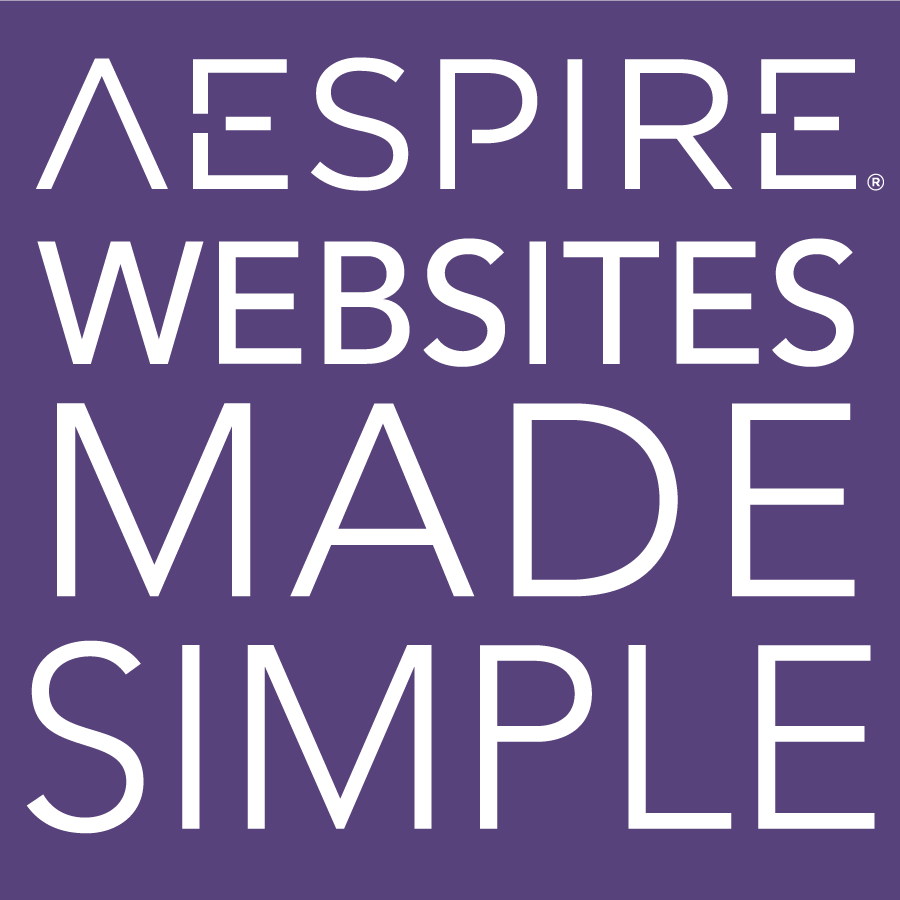Your Brand and the Illusion of Collaboration
When you talk about collaboration as a core value without making it part of your organization’s behavior with those inside or outside your organization — it’s not just an organizational culture issue — it’s a branding issue.
Collaboration is a core value and integral part of the mission and purpose statements of many organizations, but if you observe closely, you’ll find that collaboration (much like the idea of innovation) is a buzzword added to fluff out a mission statement, appease stakeholders, or give the impression that collaboration occurs without the need to actually participate in it.
That’s a bold statement, but think about it: If an organization is truly collaborative, it will be evident in every aspect of its culture, visible internally and externally, and identifiable as a characteristic of its brand personality.
Your organization must choose one of two paths: You can practice collaboration (demonstrating that it’s a core value, part of your brand personality, and essential to your culture) or create the perception of collaboration (which will erode the credibility and authenticity of your brand over time).
Trust and Brand Authenticity
The true authenticity, or consistency, of an organization’s brand identity and culture is revealed when an organization’s core values and observable behavior align.
Too often, core values are treated as ideals to achieve instead of characteristics to guide behavior. When this occurs, the brand perception you intentionally cultivate (or neglect to tend) is perceived as social and cultural desirability. Shared perceptions must align.
The practice of collaboration exists because your organization can’t be all things to all people, nor can your organization hold values that appeal to all people.
When an issue or challenge arises that your organization would like to solve but can’t on its own—what are the risks of stifling collaboration?
- Missed opportunities to collaborate, minimizing community and collective impact
- The realization that people and the organization will need to share credit (which may threaten power structures and egos)
- Addresses symptoms and not the cause of a problem
- Becomes evident when you’re working outside your mission, which can lead to mission drift and potential loss of support.
- Organizations will tend to build capacity within instead of relying on external expertise and experience.
If your stakeholders support your organization because they believe collaboration is a core value worth practicing, and they observe the lack of collaboration in the day-to-day practice of your organization, the organization's brand perception suffers.
Gender and Brand Personality
Because we (as humans) assign personality characteristics to brands (the process of personification), we tend to think of brands in human terms.
Think about the brands and organizations that mean the most to you, and how you think about them.
Are those brands (and the organizations the brands represent) that are thinking of themselves as collaborative perceived by the public as female or male? Should a brand strive for an undifferentiated gender perception to appeal to a wider audience or foster a distinct gender perception?
When it comes to leading a powerful brand, gender is not relevant. As gender relates to brand personality, it will be a brand’s messaging, tone of voice, and relational focus (i.e., collaboration), that informs the perception of employees, customers, and stakeholders.
These are insightful questions to ask yourself (or the brand owner in your organization:
- Is our brand male, female, or gender neutral? “One of the keys to building culture is having empathy, listening first rather than solutions first, and that is generally more female.”
- What emotion do we want our brand to evoke? “Do [brands] care about us? If so, do they care in such a way as to make us feel attractive? In some cases, brands’ form of caring makes us feel empowered. In others it makes us feel comforted and protected, like the parent who reaches out a strong hand and helps us get that T-shirt over our heads.”
- Can an understanding of gender differences in leadership styles inform our brand personality? — a fascinating report from The Commonwealth Parliamentary Association, with implications for leadership performance and brand perception.
Why collaborate? Because when you do, you can do better. Your organization can make a bigger difference in the lives of the people whom you serve, even if the change you’re trying to make isn’t part of your core mission.
Photo by Michal Lomza on Unsplash
Do you have a hard time explaining what your company does or why your brand matters to people?
If you struggle to grow your business, you’re not alone. Aespire can help you create a clear message and brand that helps you grow your business. Contact us today for a consultation with a StoryBrand Certified Marketing Guide.
Get a Free Comprehensive Marketing Assessment
Stop hoping your marketing will sort itself out.
- Complete this free assessment in 15 minutes.
- Review your custom report (and schedule a 30-minute review) to diagnose what’s happening.
- Create an action plan to get your marketing back on track.








